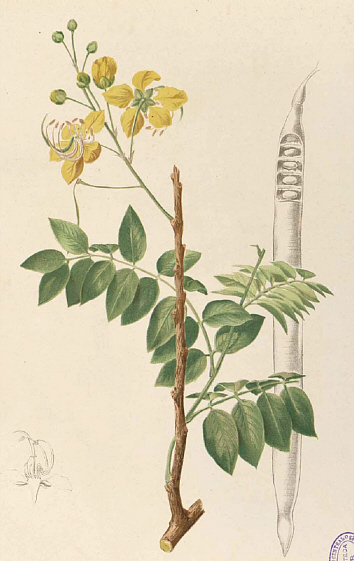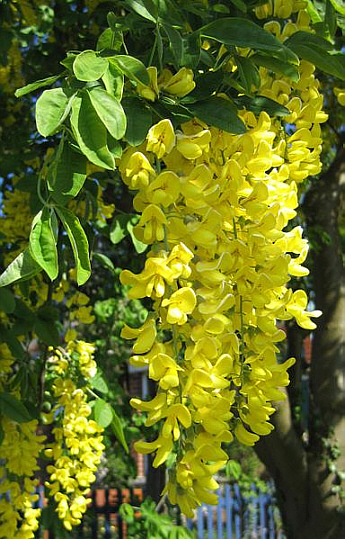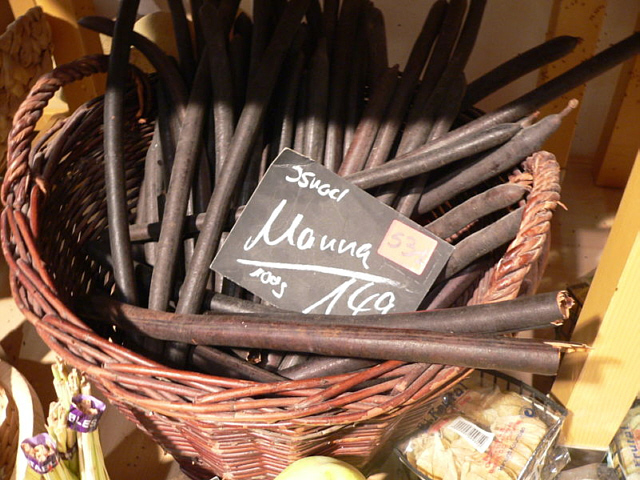

Zitierweise / cite as:
Carakasaṃhitā: Ausgewählte Texte aus der Carakasaṃhitā / übersetzt und erläutert von Alois Payer <1944 - >. -- Anhang A: Pflanzenbeschreibungen. -- Cassia fistula L. -- Fassung vom 2007-05-10. -- URL: http://www.payer.de/ayurveda/pflanzen/cassia_fistula.htm
Erstmals publiziert: 2007-03-19
Überarbeitungen: 2007-05-10 [Ergänzungen]
Anlass: Lehrveranstaltung SS 2007
©opyright: Dieser Text steht der Allgemeinheit zur Verfügung. Eine Verwertung in Publikationen, die über übliche Zitate hinausgeht, bedarf der ausdrücklichen Genehmigung des Verfassers
Dieser Text ist Teil der Abteilung Sanskrit von Tüpfli's Global Village Library
WARNUNG: dies ist der Versuch einer
Übersetzung und Interpretation eines altindischen Textes. Es ist keine
medizinische Anleitung. Vor dem Gebrauch aller hier genannten Heilmittel wird
darum ausdrücklich gewarnt. Nur ein erfahrener, gut ausgebildeter ayurvedischer
Arzt kann Verschreibungen und Behandlungen machen!
Falls Sie die diakritischen Zeichen nicht dargestellt bekommen, installieren Sie eine Schrift mit Diakritika wie z.B. Tahoma.
Verwendete und zitierte Werke siehe: http://www.payer.de/ayurveda/caraka0001.htm

Abb.: Cassia fistula L.
[Bildquelle: Wikipedia]

Abb.: Cassia fistula L.
[Bildquelle: ml.wikipedia]

Abb.: Früchte im Verkauf
[Bildquelle: Wikipedia]
Dutt:
"CASSIA FISTULA, Linn. Sans. āragbadha, suvarṇaka.
Vern. Āultās, Hind. Sondhāli, Beng.
Cassia fistula is indigenous to India and is an old medicine of the Hindu Materia Medica. "The tree is uncommonly beautiful when in flower, few surpassing it in the elegance of its numerous-long pendulous racemes of large bright yellow flowers, intermixed with the young lively green foliage." Hence I believe its Sanskrit name of Rājataru or the king of trees. The pulp of the fruit is used as a mild cathartic. The root is also described as laxative, and useful in fever, heart diseases, retained excretions, biliousness, etc.
Arogbadhādi. The compound decoction which passes by this name is a very commonly used purgative in native practice. To prepare it, take of the pulp of Cassia fistula, Picrorrhiza Kurroa (katuki), chebulic myrobalans, long pepper root and the tubers of Cyperus rotundus (mustaka), about sixty-four grains each, water thirty-two tolās, and boil down to eight tolās. Half of this quantity, or in strong constitutions the whole of it, is given for a dose. The root of Cassia fistula enters into the composition of numerous compound prescriptions."
[Quelle: Dutt, Uday Chand: The materia medica of the Hindus / Uday Chand Dutt. With a glossary of Indian plants by George King. -- 2. ed. with additions and alterations / by Binod Lall Sen & Ashutosh Sen. -- Calcutta, 1900. - XVIII, 356 S. -- S. 155.]